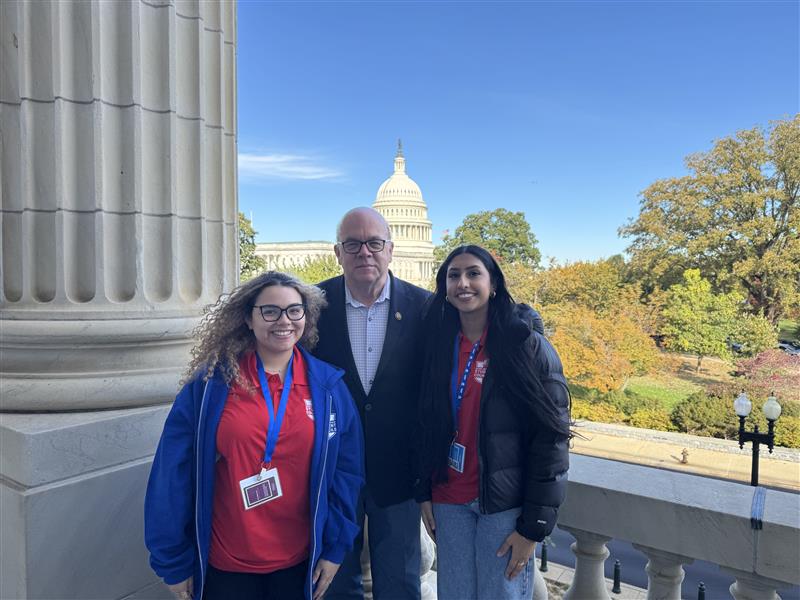Growing up with a little sister with Down syndrome has meant seeing both the beauty and the flaws in how our society treats people with special needs. From watching her cry at home and repeating, “I have no friends,” to watching her face light up when she is with friends who truly accept her, I have seen all aspects of her life up close.
Many things have been challenging for her—and for me as her sister. Seeing her come home from school because she didn’t understand her homework, and my immigrant parents doing their best to understand was a heartbreak I couldn’t stop. However, her experiences have shaped my own education advocacy. I’ve become passionate about inclusion and raising as much awareness as I can. I’ve learned that inclusion isn’t just a policy or a buzzword, it’s about giving people the chance to feel valued and supported every single day.
This passion led me to join Best Buddies in the eighth grade. What started off as just another extracurricular activity turned into something I could see myself advocating for long term. Throughout my high school career, I have attended Best Buddies conferences and organized events, and I eventually became president of my school’s chapter. This experience made me realize my true goal: to help others understand that people with disabilities are not jokes or burdens, but people who want and deserve a sense of belonging.
My little sister is now in eighth grade. She has inspired me to step into this role of advocating for people like her. I am constantly encouraging others to step out of their comfort zones to connect with those who have special needs. After all, awareness happens with just one step, and I plan to continue spreading this message wherever I go in my life.
Recently, my advocacy journey took me to Washington, D.C. In October, my peers and I who serve on the National Student Council (NSC) visited Capitol Hill during NASSP’s National Education Advocacy Summit. Since I’m NSC’s Massachusetts representative, I met with Rep Jim McGovern, my congressman.

I told him about my sister, and NASSP’s Federal Legislative Agenda, which includes maintaining more than $14 billion in funding for IDEA. That money directly helps students in special education just like my sister. But the federal government has not fulfilled its original promise under IDEA to fund 40% of the average per-pupil cost for special education. Currently, the federal government only funds less than 12%. Seeing how important school assistance has been for my sister led me to advocate for IDEA on Capitol Hill.
All the representatives and senators I talked to during my visit said they do support this funding, and I asked them to keep fighting for it. However, IDEA funding isn’t just for my little sister, it’s for over 7.5 million students ages 3–21 in the U.S. who need special education.
I know we won’t win this fight in one day. But I am honored to have taken a step forward with an amazing support system, my NSC peers, behind me. It was an experience I won’t ever forget, and it has inspired me to keep fighting for my sister. As Madeline Stuart, an Australian model with Down syndrome says, “Aren’t we all human? Don’t we all deserve to be respected and treated equally?”

